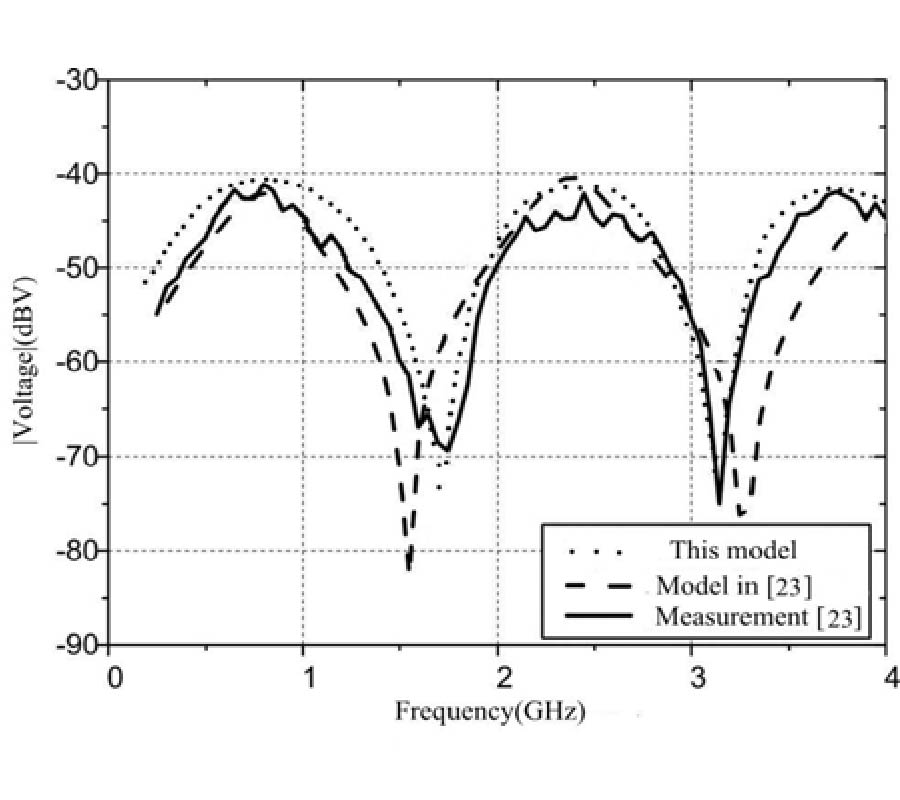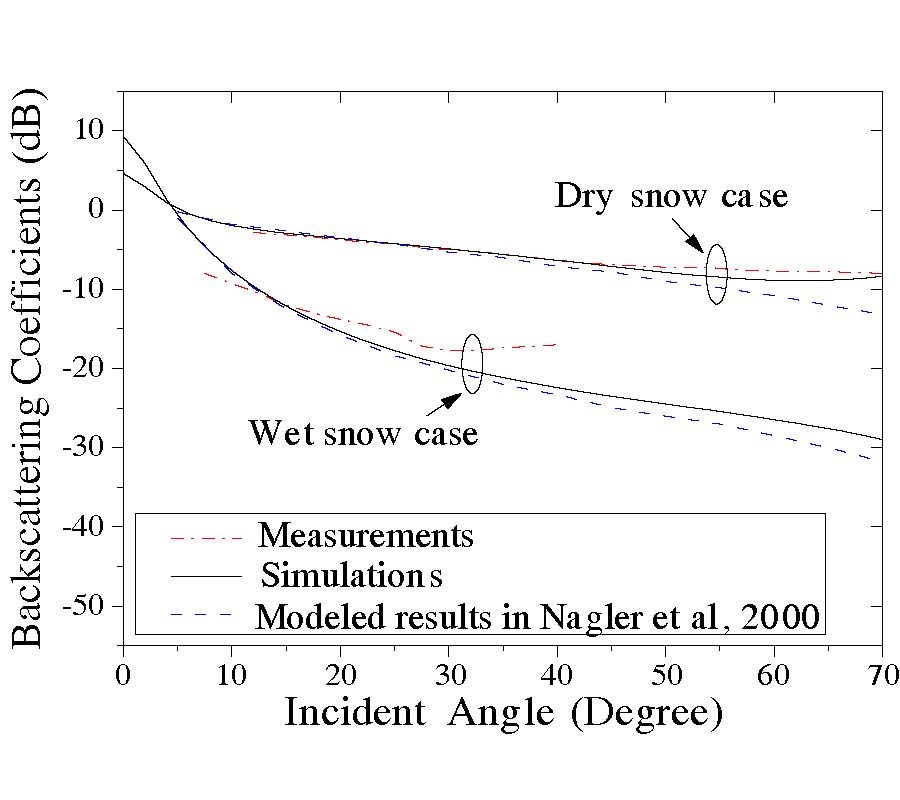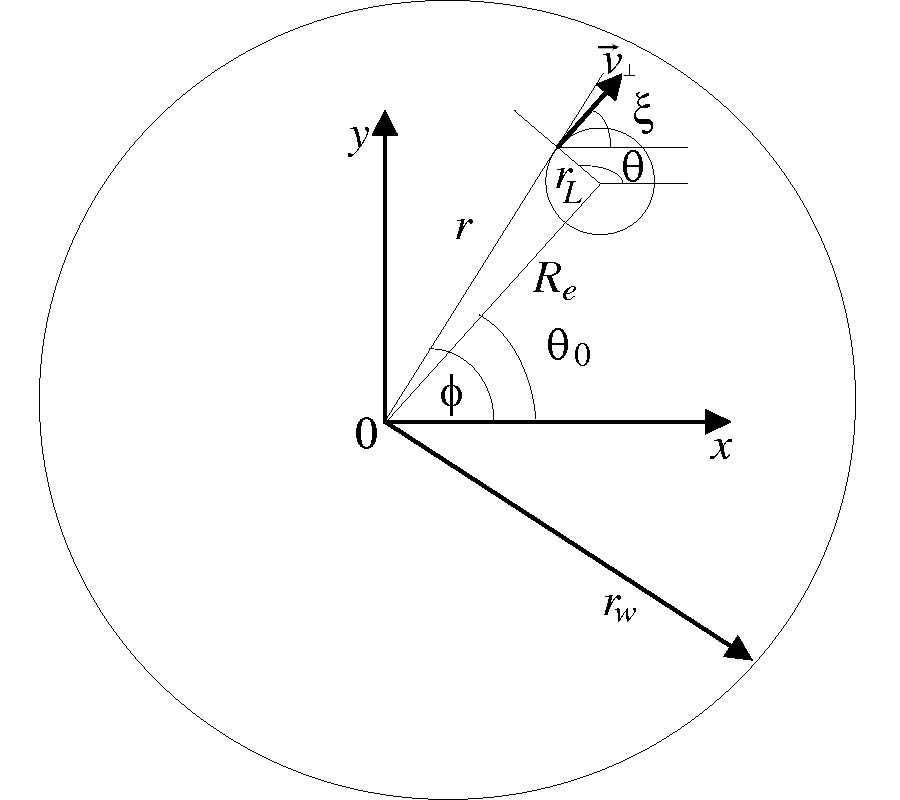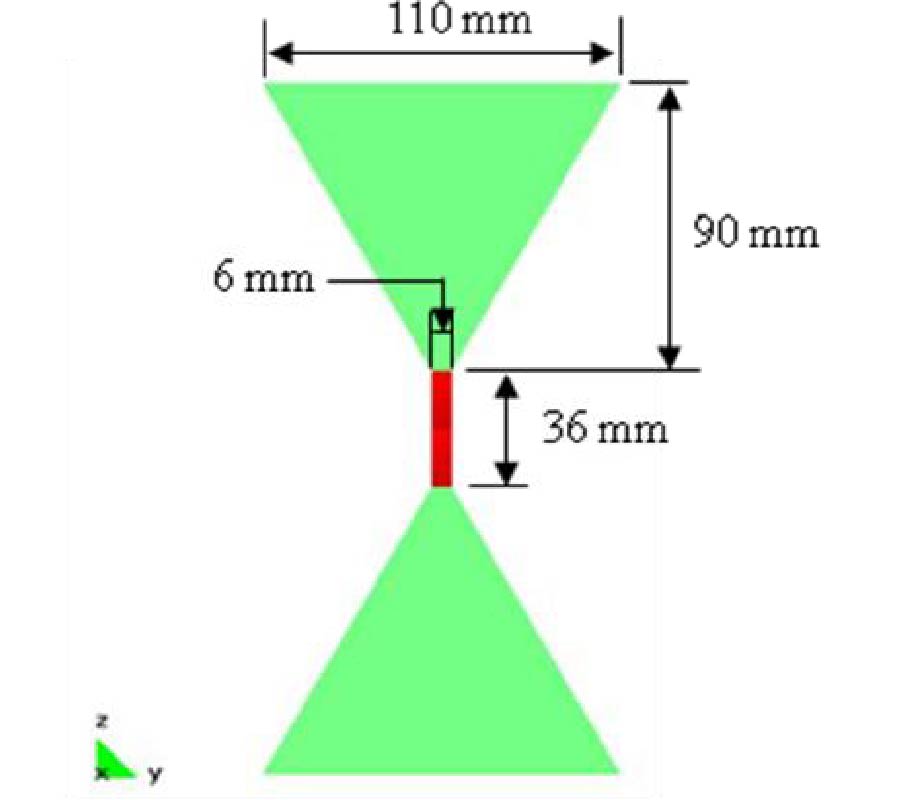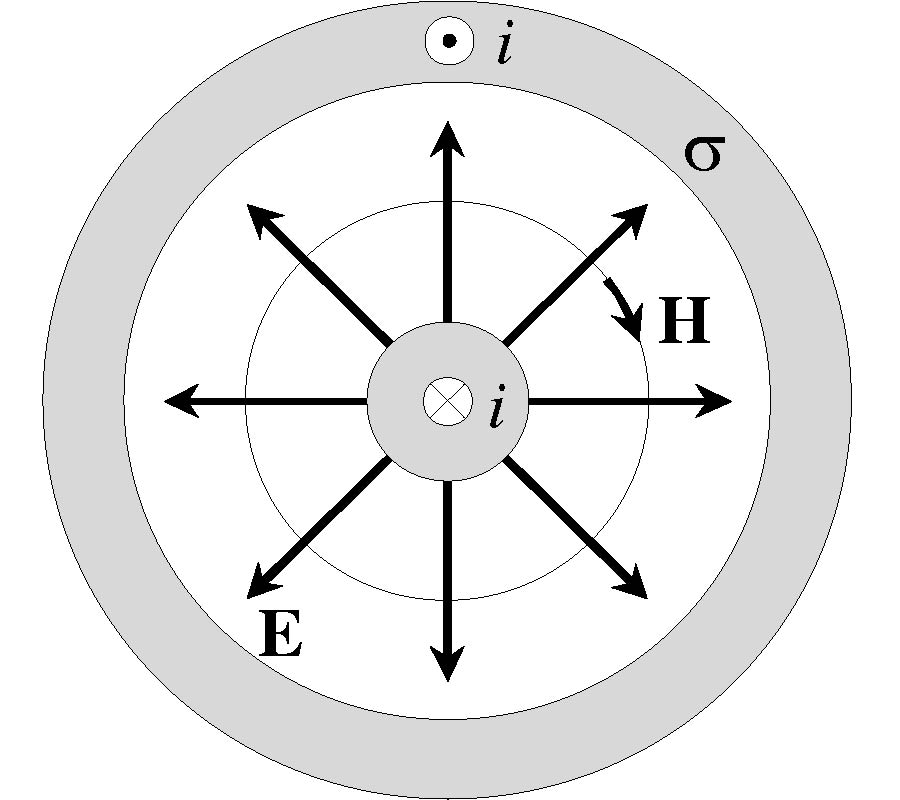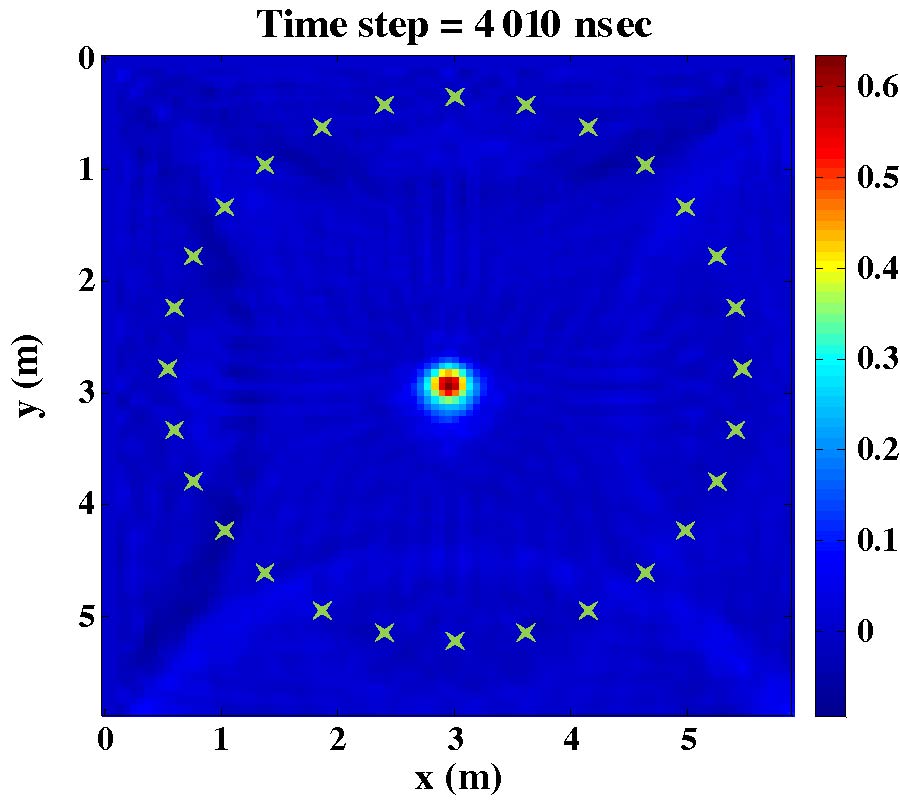Generation of a Wide-Band Response Using Early-Time and Middle-Frequency Data through the Use of Orthogonal Functions
Woojin Lee,
Tapan Kumar Sarkar,
Jinhwan Koh,
Hongsik Moon and
Magdalena Salazar-Palma
Generation of a wide-band response using partial information from the time domain (TD) data and frequency domain (FD) data has been accomplished in this paper through the use of three different orthogonal functions, such as the continuous Laguerre functions, the Bessel-Chebyshev functions, and the associate Hermite functions. In this hybrid approach, one can generate the early-time response using the method of marching-on-in-time (MOT) and use the method of moment (MOM) to generate the middle-frequency response, as the low-frequency data may be unstable. Since the early-time and the middle-frequency data are mutually complimentary, they can provide the missing low- and high-frequency response and the late-time response, respectively. Even though obtaining middle-frequency response from an object needs more computation time than the low-frequency response, this approach has better performance for the interpolation and extrapolation of a wide-band response.



